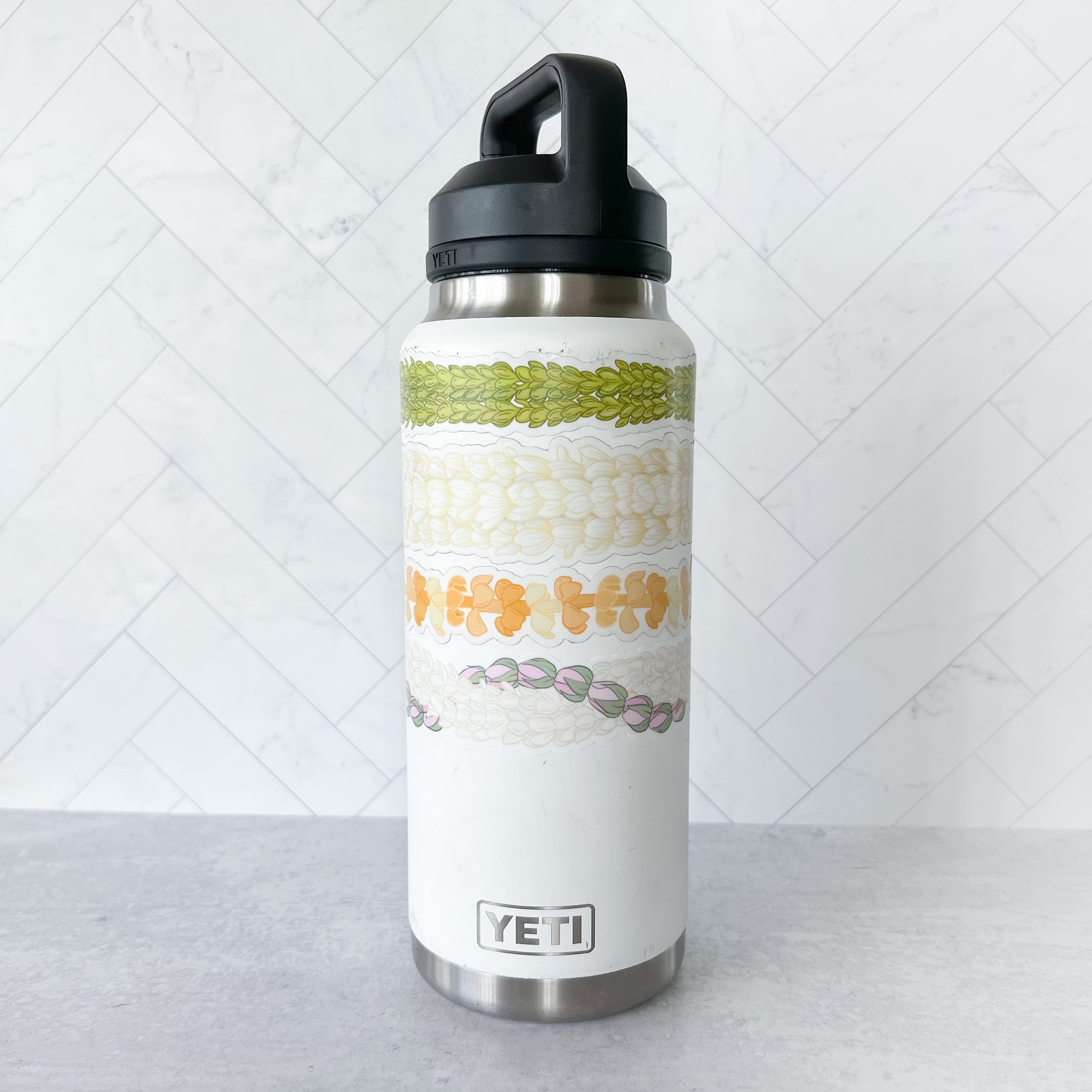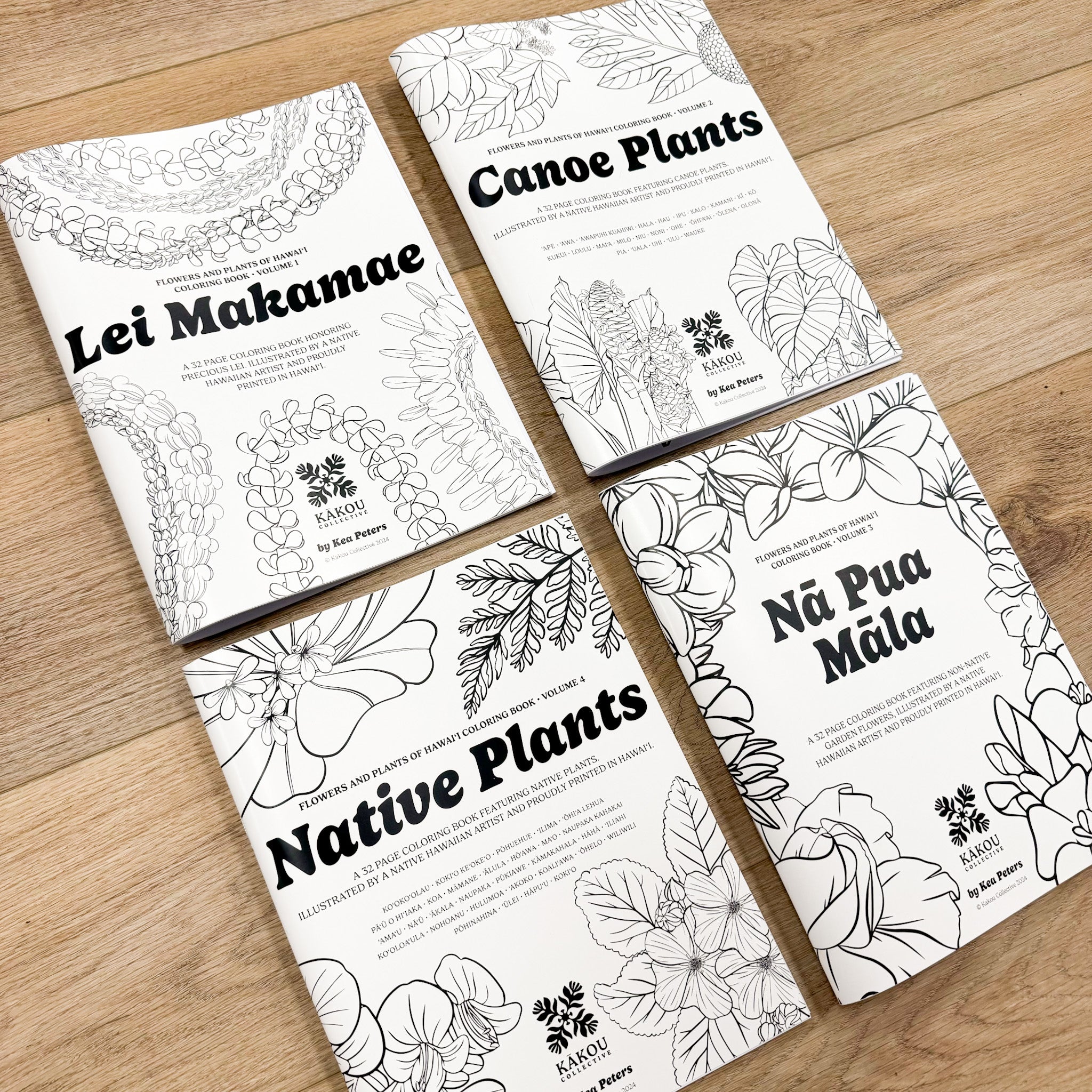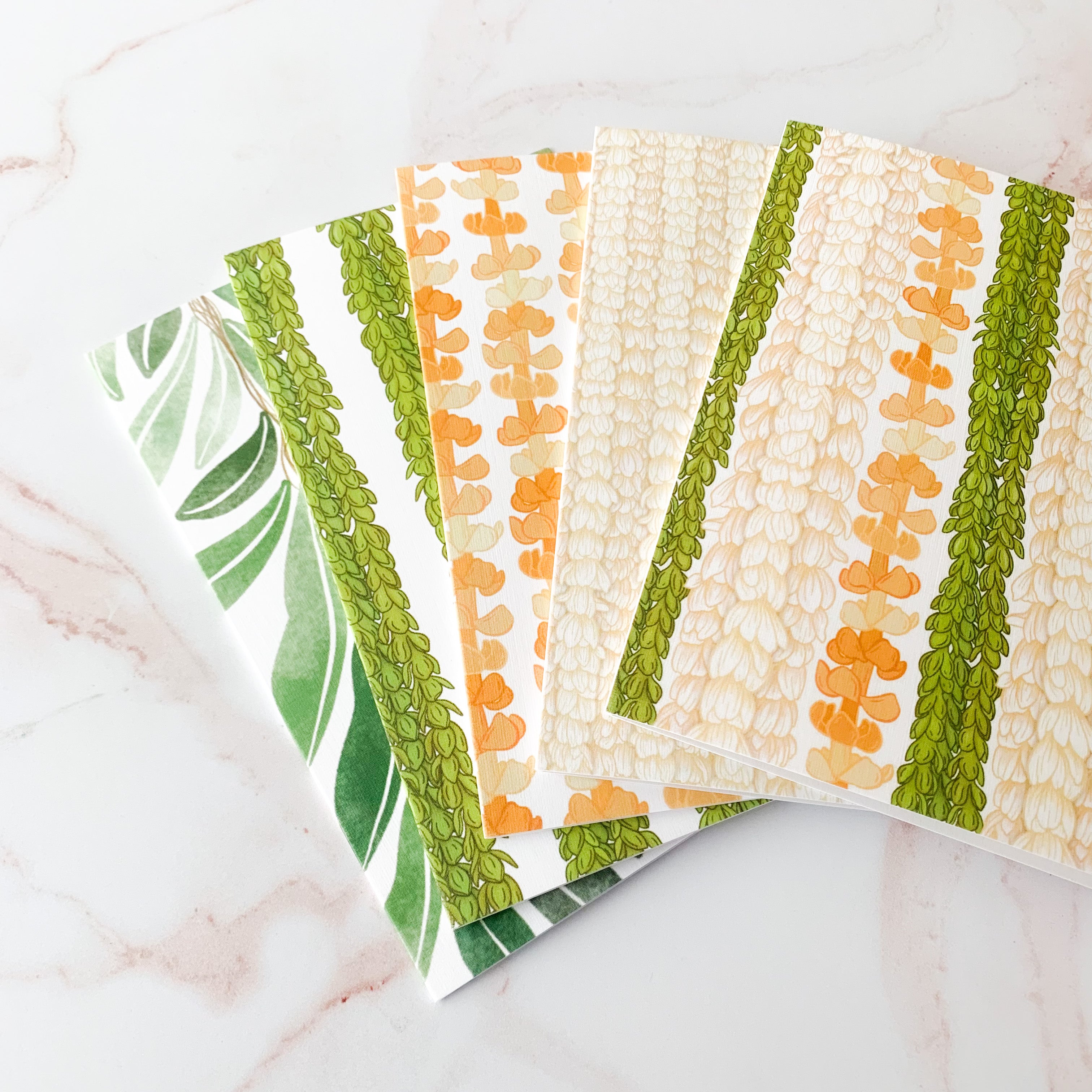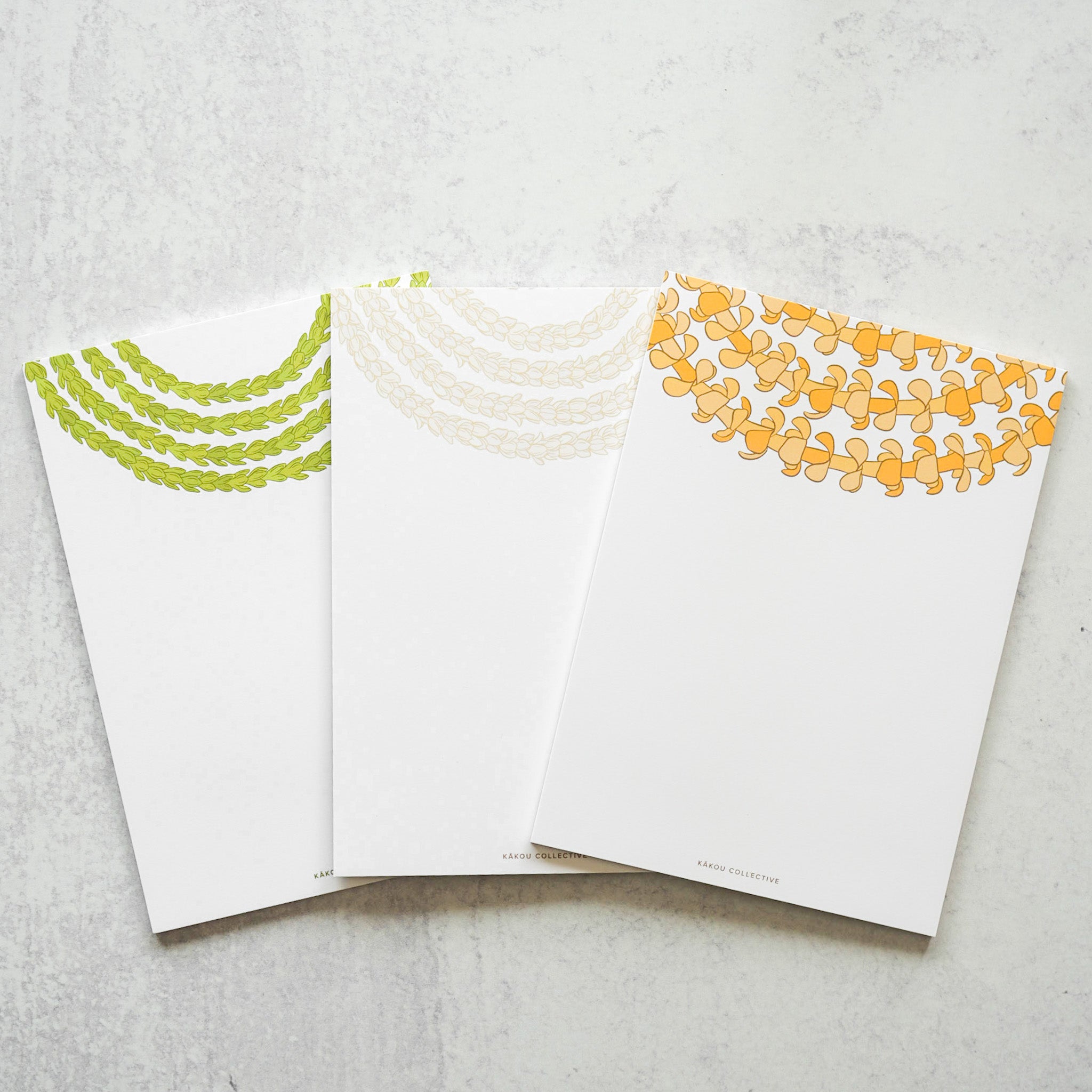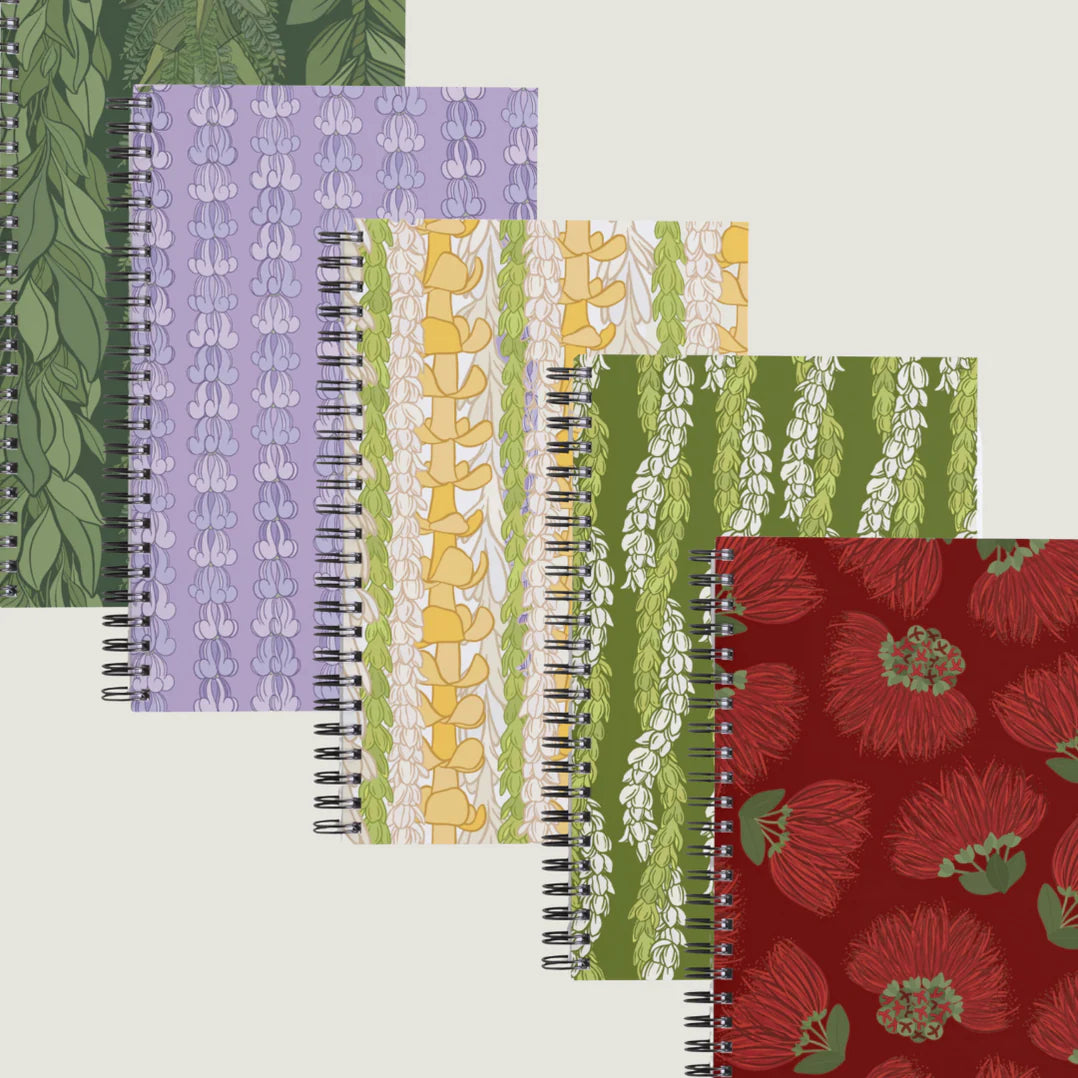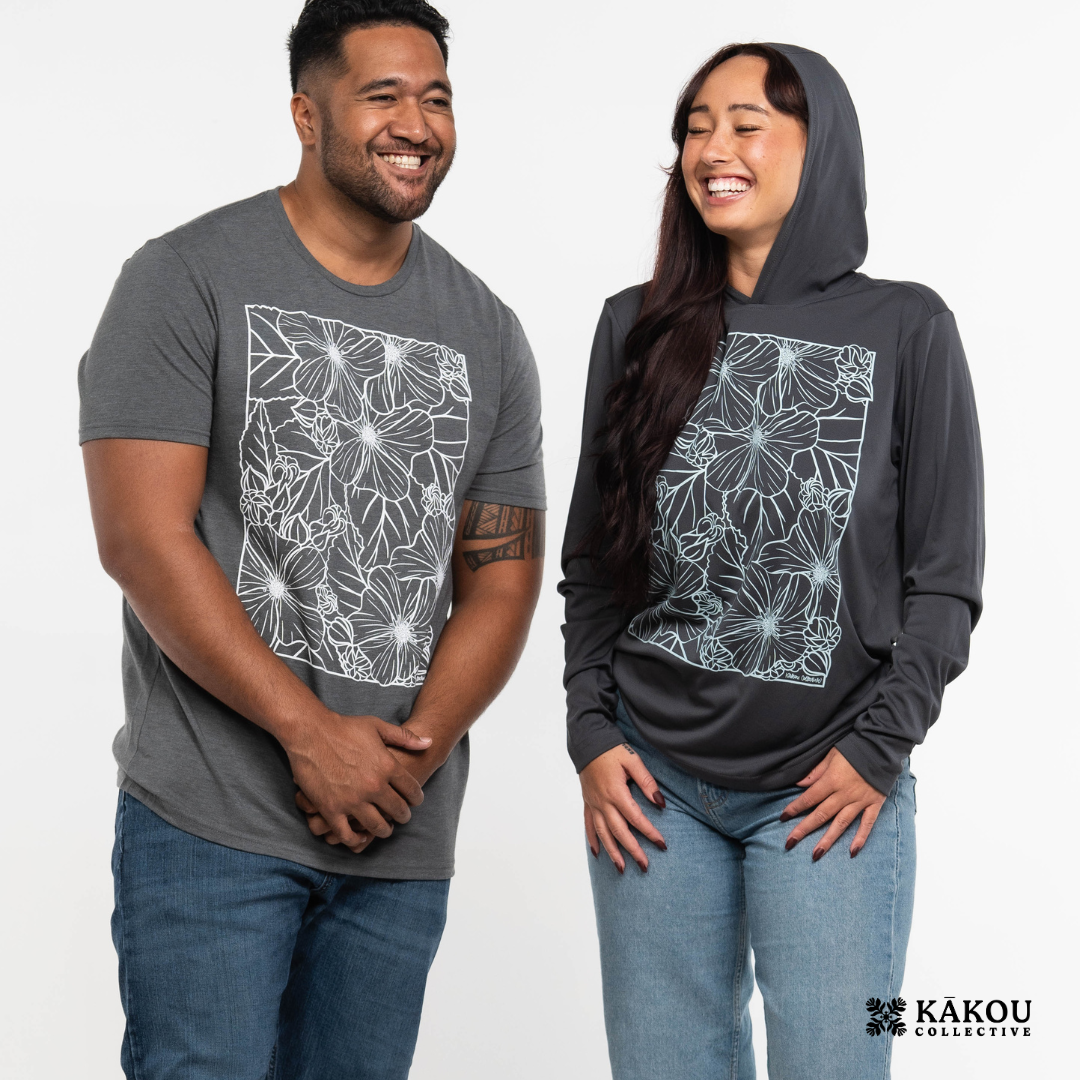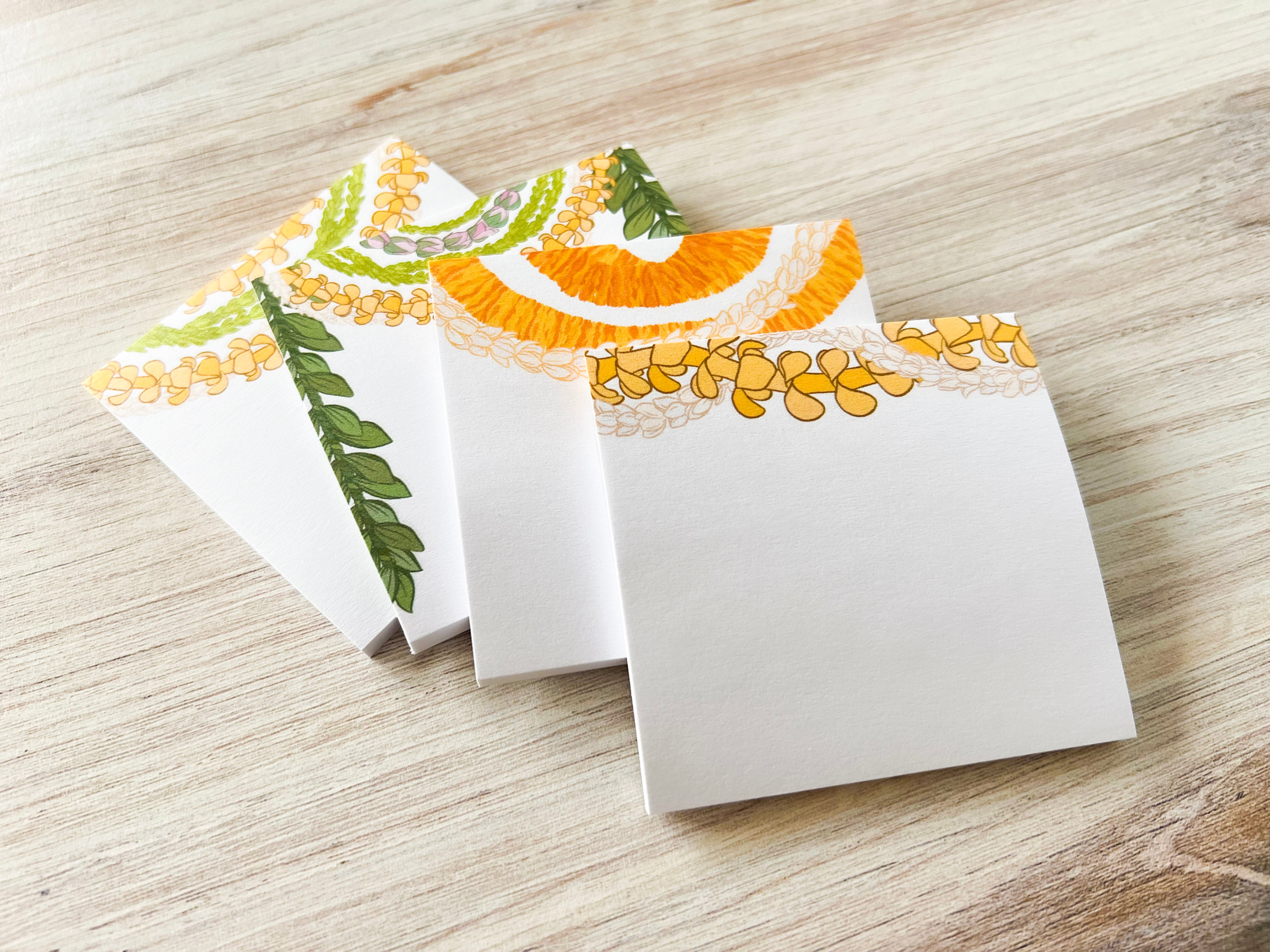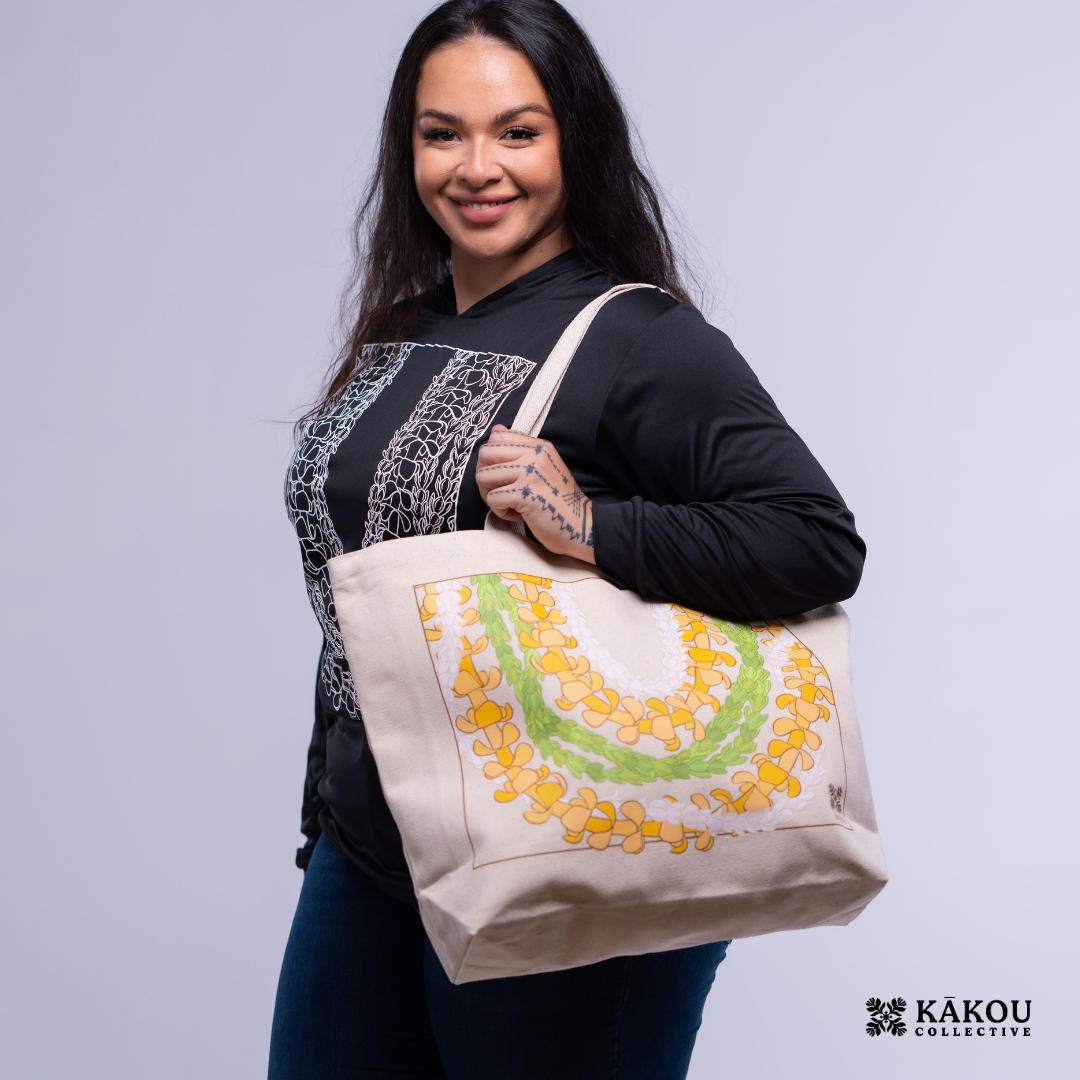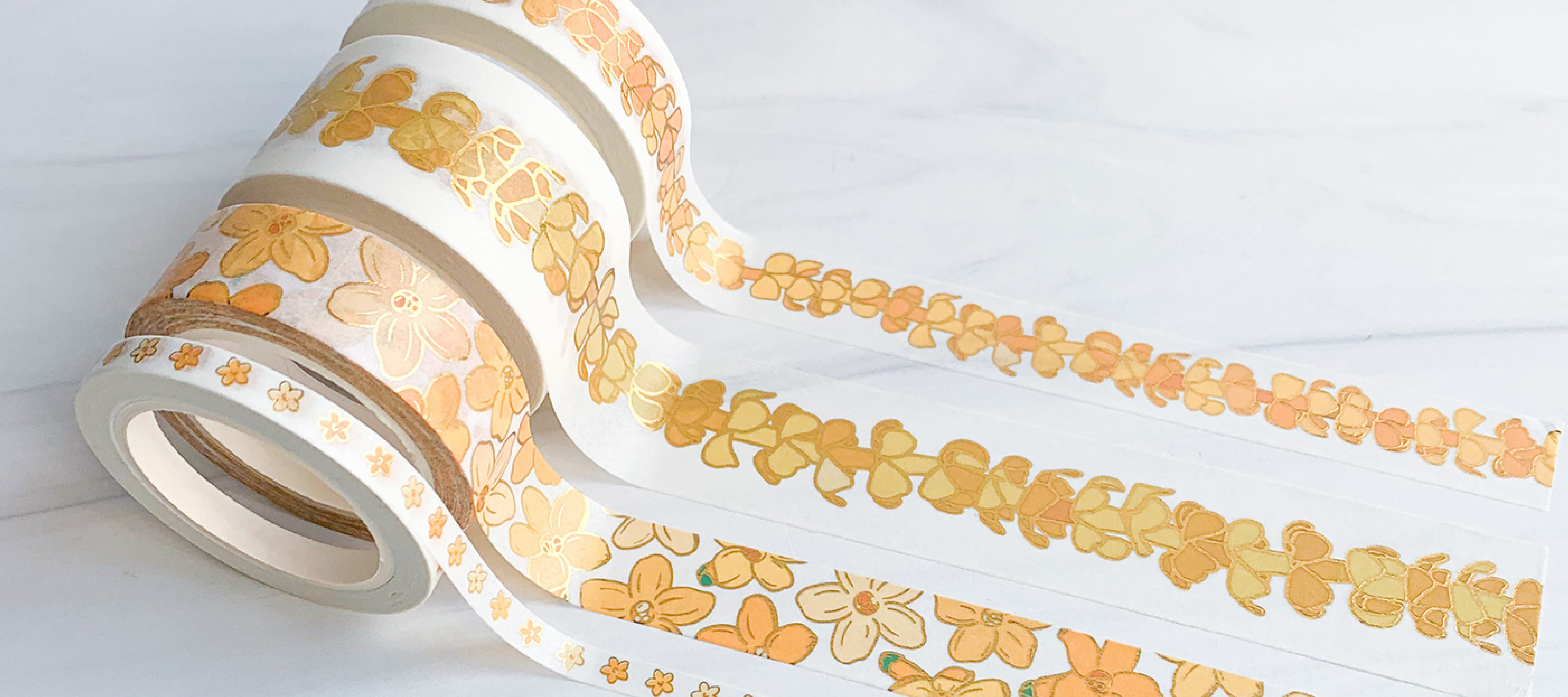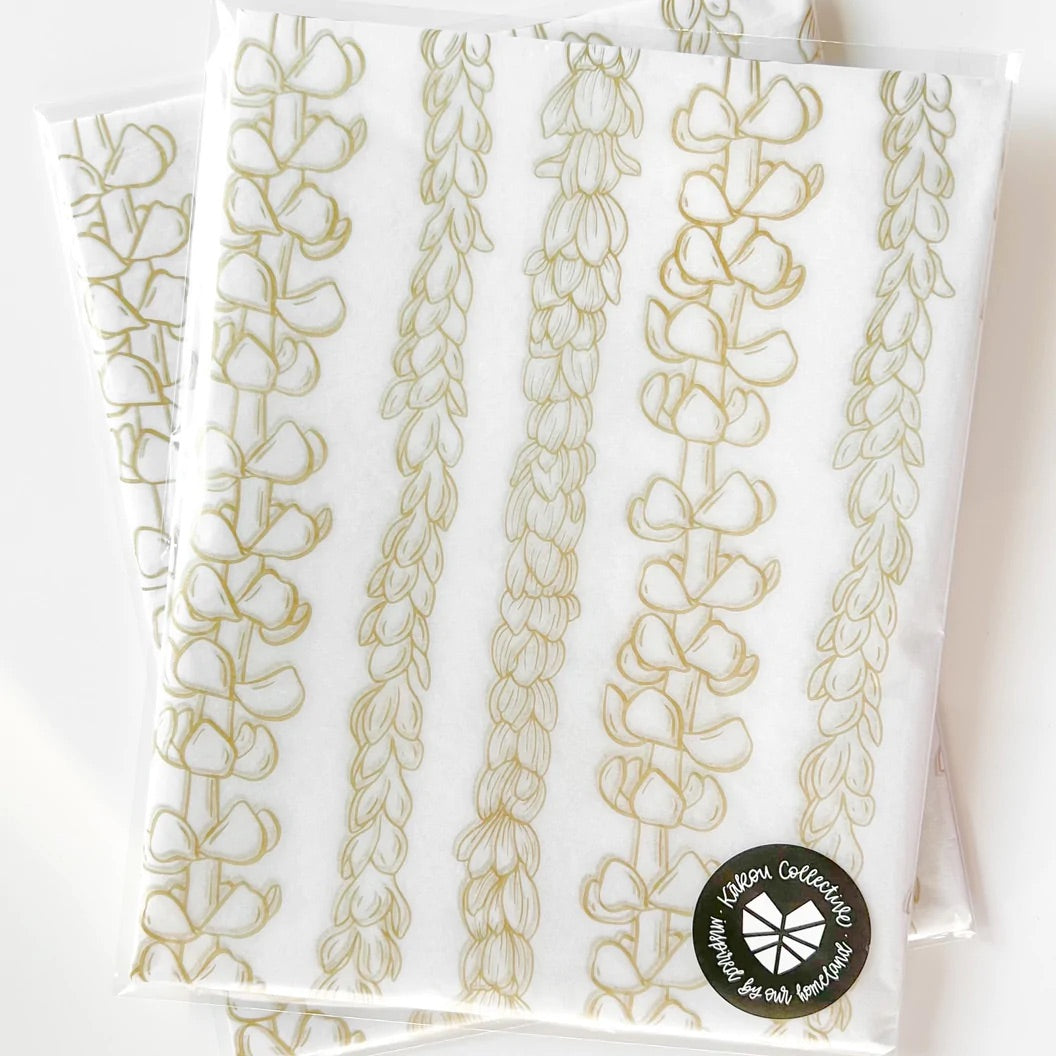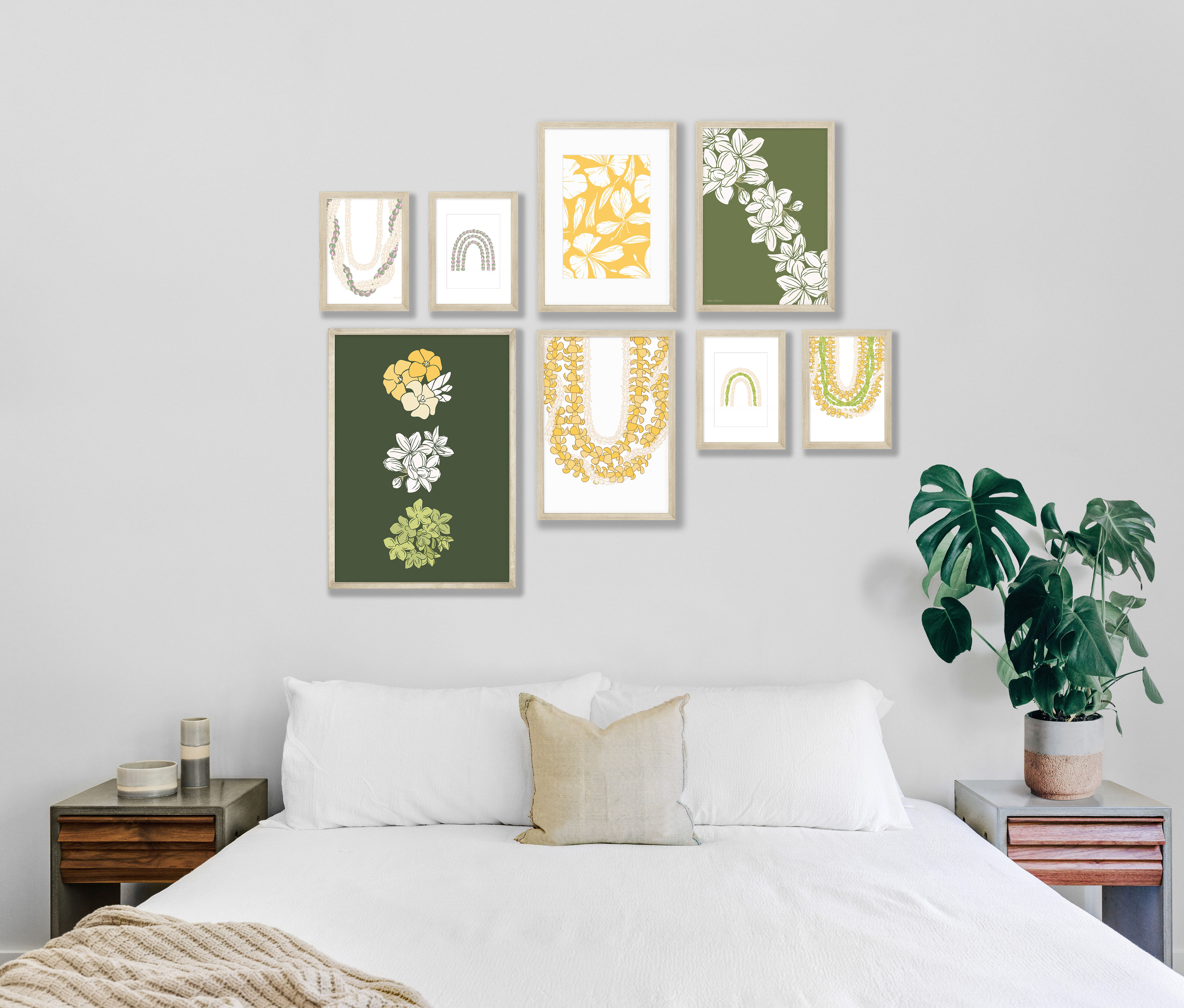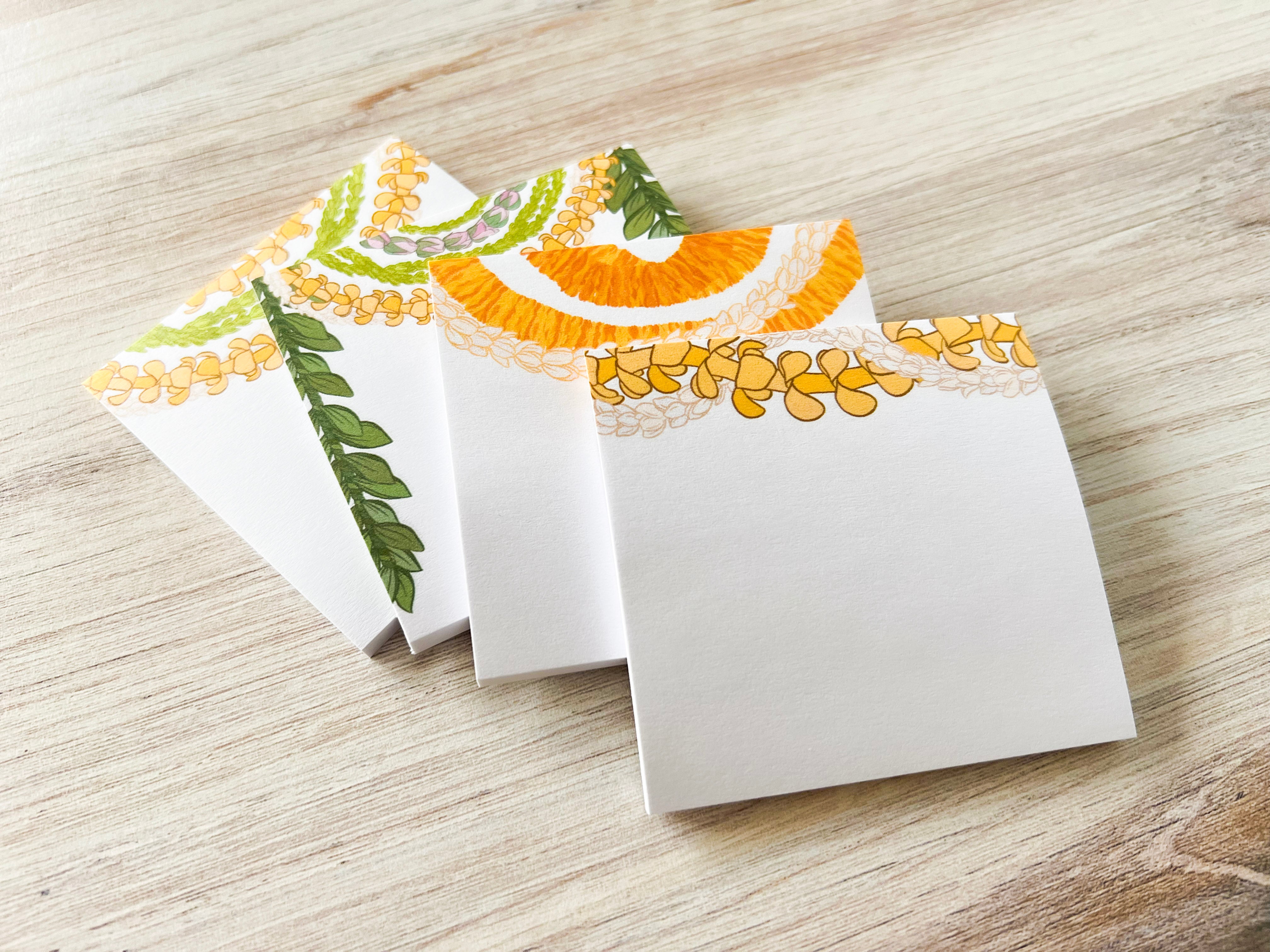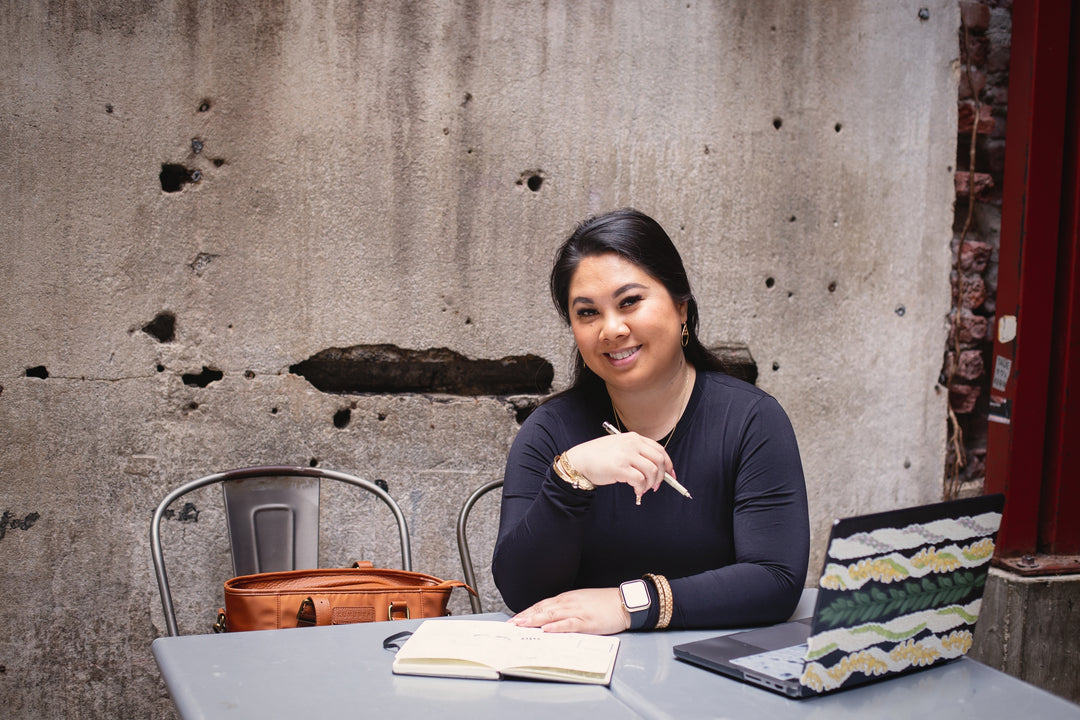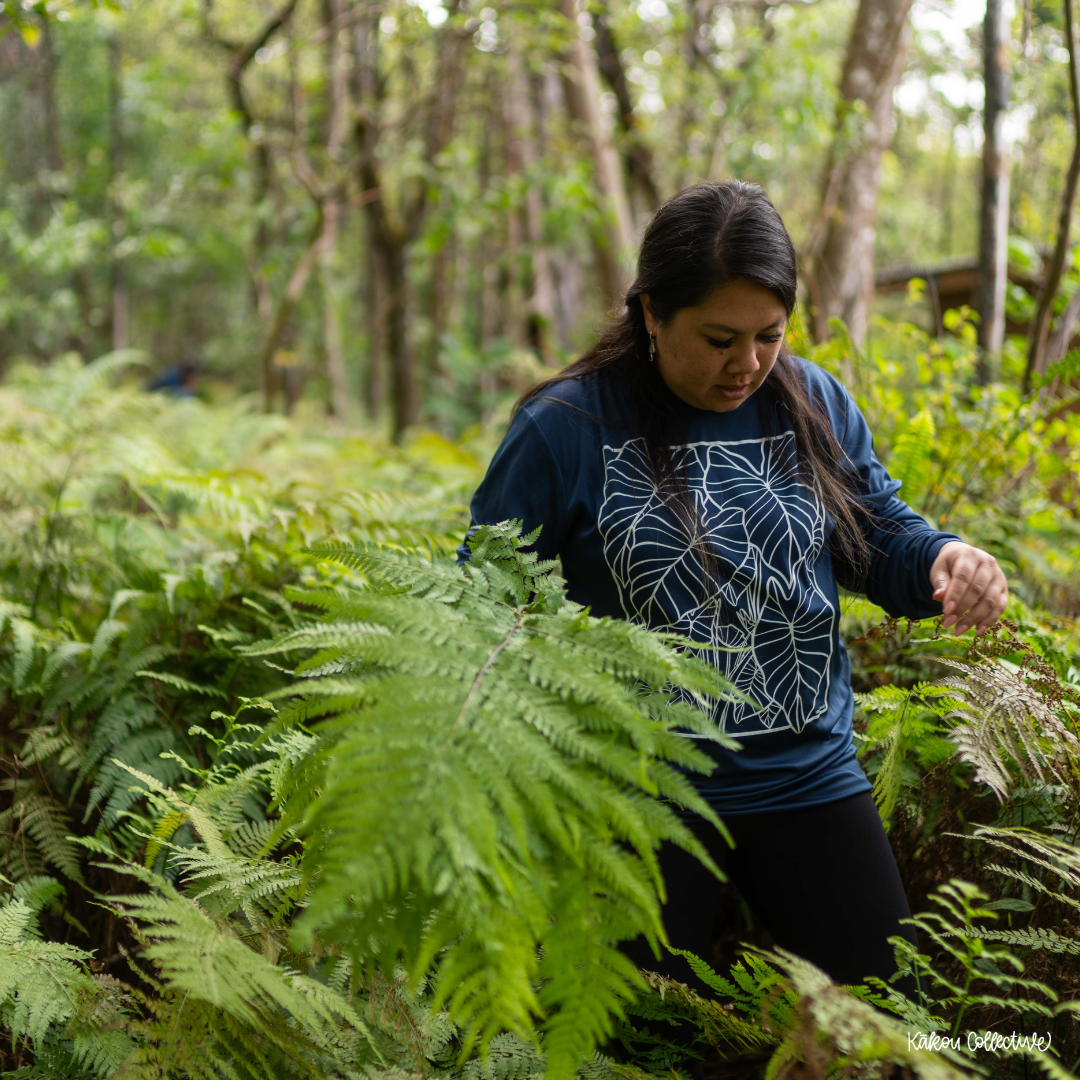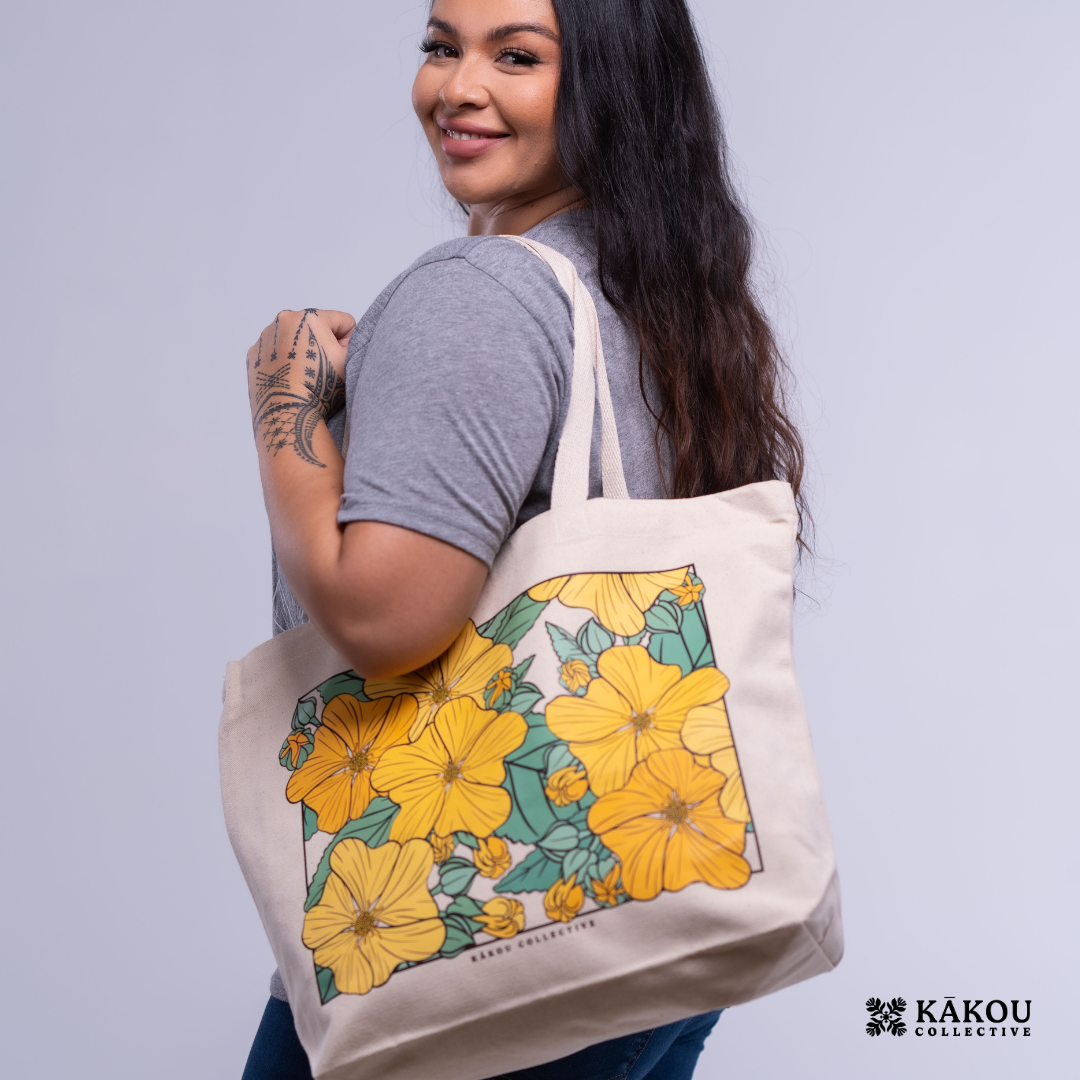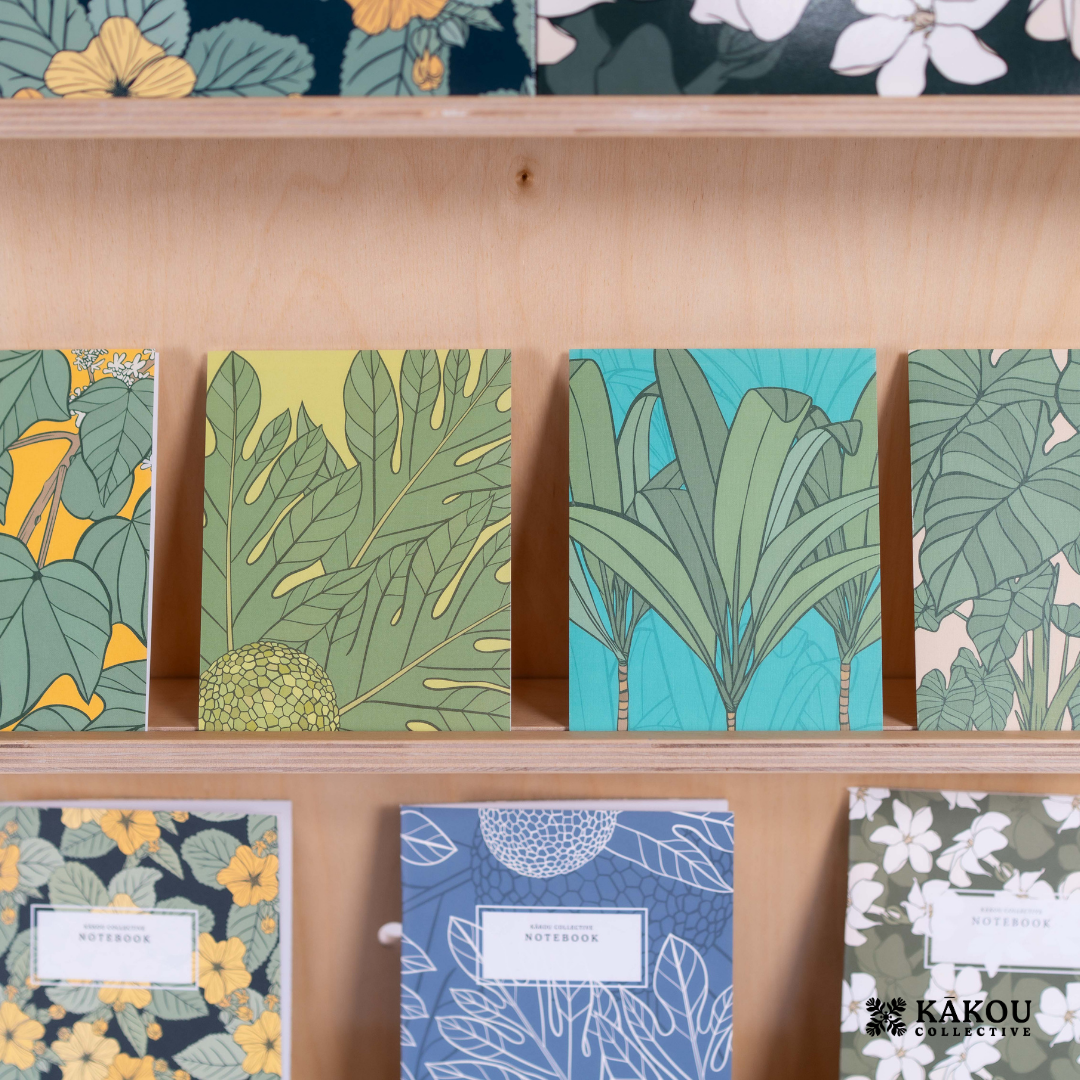Weaving intention into our product development process
Instagram is a highlight reel. By the time you see it on that end, most of the actual hard work is done. Yes, alot goes into the process of actually creating the product, but I think its the steps leading into the manufacturing process that is the most time consuming. I thought it might be fun to share our product development process so that you can share along in this journey and get an idea of what goes into creating a Kakou Collective product.
Idea Generation
My perspective: What story are we going to tell?
Here is where you put the pen to paper, brainstorming new product ideas, and iterations thereof. I call this finding inspiration with intention. For me, ideas are found all around us so I like to go outside, or to dive into books. Many times when people think of Hawaii (especially those not from here), the first thing that comes to mind is the beach, perhaps waterfalls, rainbows, and probably hula. Nothing against these subjects at all because they are part of Hawaii, but they are not the first ideas I go with because their story is already well told. Through the eyes of Native Hawaiian trying to reconnect with this place that is dear to my heart, I try to lean into subject matter that has cultural significance, and perhaps even a lesson to be learned based on the current cultural climate. Basically I ask myself, does this represent not only me, but my community? Is this a story that I want to lean in and tell? Will I be excited about sharing this story and bringing it to life? Will it positively affect those who are connected to it? And will it have an impact for future generations? This part of the process is really about discovery, keeping an open mind and heart, and listen to the story already being told.
Research
My perspective: Immerse yourself in the facts of the subject
During this part of the process, we look to confirm the facts behind a leading idea are true with reputable resources. For me, the idea generation and research go hand in hand. Many times, we are illustrating plants and subjects with cultural signficance to Hawaii so not only do I research plants, but also images of the plant from multiple angles and stages. I look to ulukau.org, wehewehe.org, and several botany websites with published articles by the state or organizations that are leading experts in the field. I look up legends and folkore attached to my idea along with any possible ʻŌlelo Noʻeau and the basic facts about the subject. I think that this is my favorite part of the process. Essentially I soak in as much information so that I know as much as I can about the subject. Although I never claim to be an expert on the matter, it is crucial for me to have a good amount of knowledge behind what Iʻm creating.
Planning
My perspective: What does your idea look like, and where is it going to live?
This is perhaps a part of the process that I share because its fun to show an idea hitting the paper (or iPad) for the first time. I like to draw multiple angles of the plant so I have options for what it is to become. This part is pure creation, and as fun as it is - this is the part that is easiest to get stuck in. Iʻd say during this stage I sort of mesh my thinking with the Prototyping stage because when drawing I need to take into consideration where the art is going to live.
Prototyping
My perspective: Where/how will your artwork come to life? and what is the requirements to make that happen?
This is the part where I get to decide where will my artwork will come to life. To ensure that it is ready for any environment, I vectorize my illustrations so that it can live on any surface, in any colorway. This could be anything from washi tape to a sticker, or even fabric. The sky is the limit and I try to make sure everything is taken care of in the planning process so I have less limitations due to my art.
Sourcing
My perspective: How can we bring our artwork to life and how will the action of bringing it to life impact our environment, community, and life?
Here is where I like to think deeply about our impact on the ʻāina (land). Does this product have an impact on the environment and how does it affect our community and the people that live in it? And if it does affect the environement, is there another route that I can do that is more ʻāina conscious? If I have to ship it here, is there a way to be not only economical but lessen my impact on the environment? I also ask my manufacturer questions like if the file needs to be in a certain format, size, and color treatment, if there are minimum order quantities, and what the timeline for completion is. This is the period that is really about researching options, and forming relationships with manufacturers for current and future projects.
Fun fact about our paper product:
Our paper product is made in the heart of Honolulu, Hawaii so that we can support our local manufacturers. The paper used for our stationery is FSC Certified paper (What is that? More on that here).
Fun fact about our washi:
Our washi tape is the most popular item in our shop, but it is not made in Hawaii. Through extensive research, we have learned that we need to outsource this because the machinery required to create washi is not available on island. Although it is an eco alternative to scotch tape, shipping it to the islands is does widen our carbon footprint.
We offset our carbon footprint:
A portion of every purchase goes towards investing and supporting carbon offset programs to work towards being carbon neutral. How do we do this? Look into our Ulu Tree Initiative and Offset.
Costing
Basically, how much does it actually cost to make this happen, and hitting the go button - actually investing into our idea to make it a reality.
When researching and talking with our manufacturer, we deterimine what it will take to take our product to the market. Iʻd also consider this to go into the research phase if this a first collection or first time making this product. For repeat product with different designs, we already have an idea of what it will cost and what will go into it. This is probably my least favorite part (probably because Iʻm a creative person and this is numbers) but as a business owner, it is essential to know the cost of a product so you can determine if this will be profitable. At the end of the day, if an idea is not profitable we can no longer continue to serve our community. In filling our cup, we are able to fill other cups like other organizations with vision, or even another idea that will shed light on another story.
Commercialization
Its launch time! Bringing Kakou Collectiveʻs new product to the world and telling its story.
There are multiple ways to go about launching a product. We choose to use this time to finally share the story of the subject we are focusing on that just so happens to be in the form of a functional product. We share the benefits of the product, how it is made, what makes it different - basically the answers to the questions we had to ask ourselves throughout the product development process. I am not a fan of the buy for a discount/hard sell model.
As a Native Hawaiian artist, mom, and entreprenuer I wear multiple hats and serve my community, self, and family. We donʻt try to lure people in with crazy sales. We belive in our story and we belive in the process and the amount of work put into it. At the end of the day we arent trying to discount our worth or take away from our mission. We donʻt do discounts for two reasons: 1. The smaller the profit margin, the less ability we have to fill other cups - we wouldnʻt be able to donate, offset our carbon footprint, or educate our community with free tutorials or offer new products and 2. We have competitive and fair pricing because we want to put our products into the hands of those who identify with it. The less barriers we have in the way, the better it will be for all of us as a whole. We are here to be visual story tellers, to share original artwork, and to give back to our community. This is also our time to finally share that story to our current community and to be discovered by those who have not yet found us.
Thats it!
The secret to the sauce and everything that we pour into it… or at least what I can type in this blog. Every day, I wake up with a grateful heart knowing that this is the work I get to do, and also knowing how long my to do list is. Its hard work, but its meaningful work and I aim to continue asking myself the hard questions, finding creative solutions, weaving intention into our process, and being a visual story teller.


